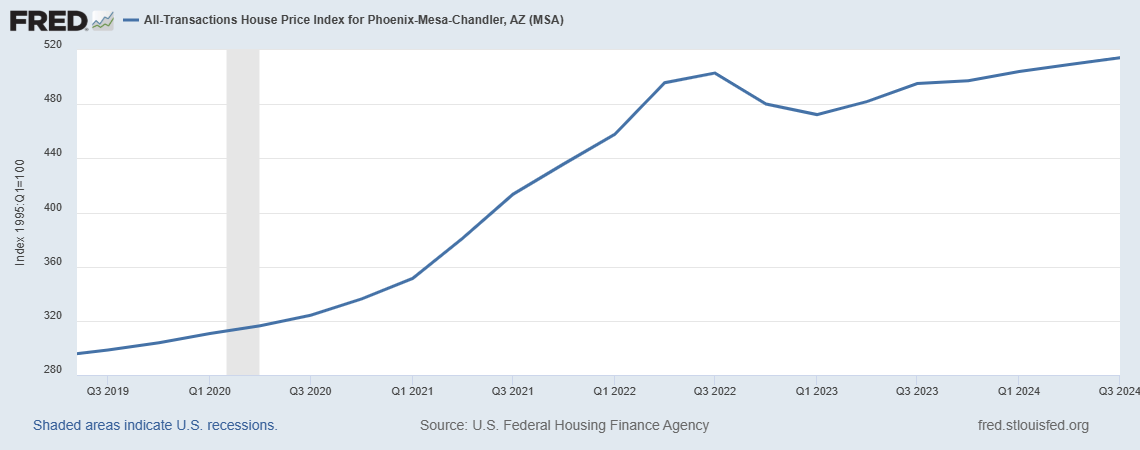An adjustable-rate mortgage, or variable-rate mortgage, is a loan with an interest rate based on the fed funds rate. Lenders add percentage points to compensate them for the risk.
Many borrowers don’t realize that the rate can change. If the fed funds rate rises, so does the interest rate on the mortgage.
Even if the fed funds rate doesn’t change, the mortgage rate can reset every three to five years. After the reset, the monthly payment could suddenly skyrocket.
Pros and Cons
The advantage of adjustable-rate mortgages is that the rate is lower than for fixed-rate mortgages. That means you can buy a bigger house for less. That's particularly attractive to first-time homebuyers and others with moderate incomes.
The disadvantage is that the monthly payment can skyrocket if interest rates do or if the rate resets. If your income hasn't gone up, then you might not be able to afford your home any longer, and you could lose it.
Adjustable-rate mortgages became popular in 2004. That's when the Federal Reserve began raising the fed funds rate. Demand for conventional loans fell as interest rates rose. Banks created adjustable-rate mortgages to make monthly payments lower.




